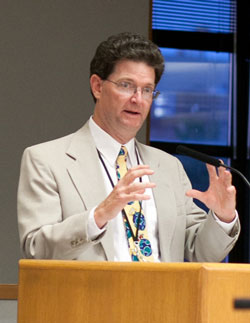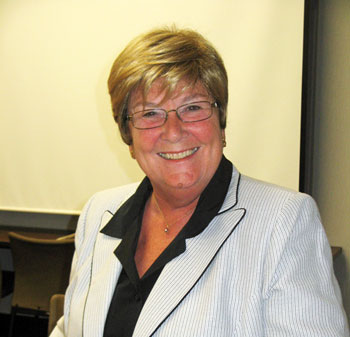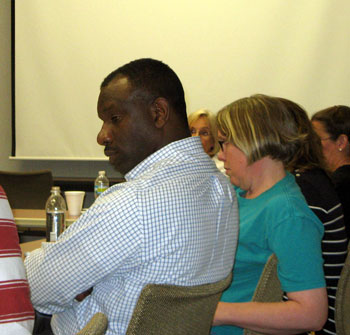AAPS OKs Technology Upgrades
Ann Arbor Public Schools board of education meeting (Sept. 5, 2012): Trustees were briefed on two proposals for technology improvements – a purchase of 30 laptops with the new Macintosh Mountain Lion operating system and a contract for network infrastructure equipment and installation. Both proposals were approved by the board.
The Ann Arbor Public Schools technology bond professional team asked that the board of trustees appropriate $54,540 to purchase 30 MacBook Pro laptop computers, in order to train and test on the new Mac operating system, Mountain Lion. The point of the testing is to check compatibility with the district’s current software applications as the district moves to replace all of its computers.
A $76,463 contract with Sentinel Technologies, Inc. for purchase and installation of computer network equipment was presented to the trustees. The new network equipment is supposed to make the district’s network and firewall more secure and reliable. The upgrade is also supposed to provide more internal and external bandwidth, and allow for increases in the future. The network equipment would be funded from the district’s technology bond.
Before hearing the briefings, the trustees were asked to consider them as special briefings, which meant they would be voted on at that same meeting. The change was driven by a decision the board made to alter its September meeting schedule.
The board also heard extensive public commentary at the start of the meeting on the issue of class sizes as the school year opened. Parents of Haisley Elementary School students asked the board for help in rectifying a situation they described as not viable – 32 students per class in 3rd and 4th grade classrooms. [Full Story]







